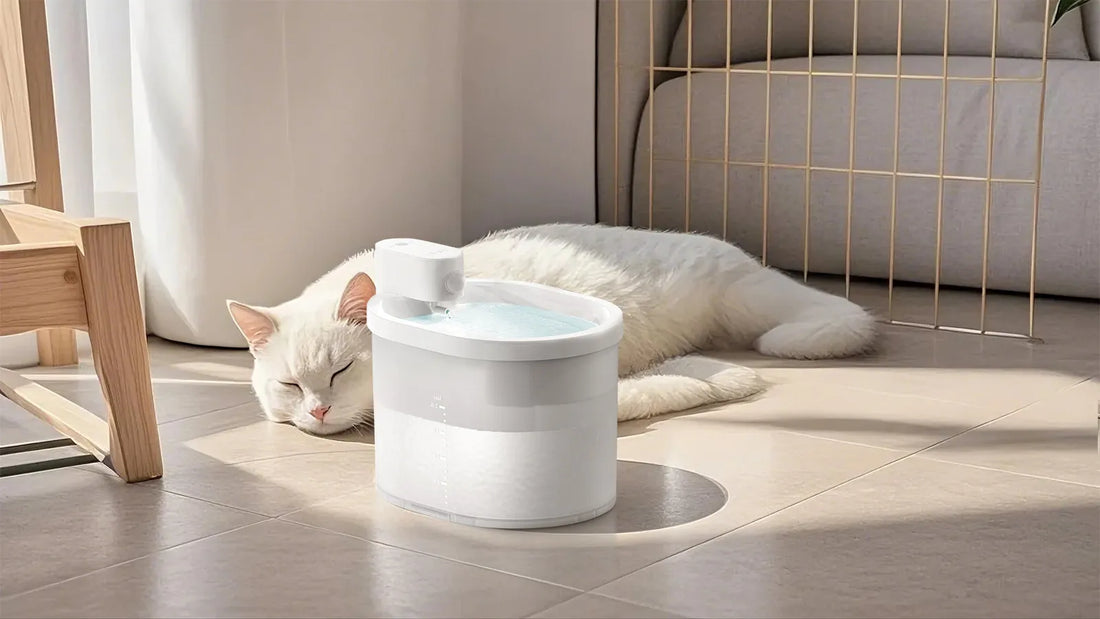When it comes to caring for your feline companion, one question that often arises is, 'Can I give my cat a bath?' While cats are known for their meticulous self-grooming habits, there are times when a bath might be necessary. Whether your cat has gotten into something sticky, smelly, or simply needs a little extra help staying clean, understanding the ins and outs of bathing a cat is essential. This article will guide you through the process, offering practical advice and tips to ensure a smooth experience for both you and your furry friend.
Why Cats Typically Don't Need Baths
Cats are naturally equipped with the tools to keep themselves clean. Their tongues are covered in tiny, hook-like structures called papillae, which act like a built-in brush to remove dirt and loose fur. Additionally, cats produce natural oils that help keep their coats shiny and healthy. For most cats, regular grooming by their owners, such as brushing, is sufficient to maintain their cleanliness.
When Bathing Your Cat Might Be Necessary
While cats are generally self-sufficient when it comes to grooming, there are certain situations where a bath may be necessary. For example, if your cat has rolled in something toxic or sticky, a bath might be the only way to remove the substance safely. Older cats or those with health issues may also struggle to groom themselves effectively and could benefit from occasional baths. Additionally, some long-haired breeds may require more frequent bathing to prevent matting and tangles.
Preparing for the Bath
Before you attempt to bathe your cat, it's important to prepare properly. Gather all the necessary supplies, including a gentle cat shampoo, a non-slip mat for the sink or tub, and a towel for drying. Choose a warm, quiet room to minimize stress for your cat. It's also a good idea to trim your cat's nails beforehand to reduce the risk of scratches.
Step-by-Step Guide to Bathing Your Cat
Start by filling the sink or tub with a few inches of lukewarm water. Gently place your cat in the water, speaking in a calm and reassuring tone. Use a cup or sprayer to wet your cat's fur, avoiding the face and ears. Apply a small amount of cat shampoo and work it into a lather, being careful not to get soap in your cat's eyes or ears. Rinse thoroughly to remove all traces of shampoo, as leftover residue can irritate the skin. Finally, wrap your cat in a towel and gently pat them dry.
Tips for Reducing Stress
Bathing can be a stressful experience for cats, so it's important to take steps to make the process as calm as possible. Introduce your cat to water gradually, starting with short sessions and offering treats and praise. Consider using a calming spray or diffuser to help relax your cat. If your cat is particularly resistant, you may want to enlist the help of a professional groomer or veterinarian.
Alternatives to Traditional Baths
If your cat is particularly averse to water, there are alternatives to traditional baths. Waterless shampoos and grooming wipes can be effective for spot cleaning and freshening up your cat's coat. Regular brushing can also help remove dirt and distribute natural oils, keeping your cat's fur clean and healthy.
Common Mistakes to Avoid
When bathing your cat, there are several common mistakes to avoid. Never use human shampoo, as it can be too harsh for your cat's skin. Avoid getting water in your cat's ears, as this can lead to infections. Additionally, don't force your cat into the water if they are extremely stressed, as this can create a negative association with bathing.
When to Seek Professional Help
If you're unsure about bathing your cat or if your cat has a medical condition that requires special care, it's best to consult with a veterinarian or professional groomer. They can provide guidance and ensure that your cat's grooming needs are met safely and effectively.
Bathing your cat doesn't have to be a daunting task. With the right preparation and approach, you can keep your feline friend clean and comfortable without unnecessary stress. Remember, every cat is different, so it's important to tailor the experience to your cat's individual needs. By following these tips and guidelines, you'll be well-equipped to answer the question, 'Can I give my cat a bath?' with confidence and ease.













